Just minutes prior to midnight on May 2, 1905, a devastating fire struck Johnson City's downtown business district, resulting in considerable property damage. In today's feature, I will take readers on a time machine journey back to that evening to see exactly where the fire was located and the degree of damage it inflicted.
I haven't utilized my Yesteryear Time Machine in a while so let's climb aboard while I program it to take us to E. Main and Spring streets on that day at 11:45 p.m. In an instant, we arrive at our destination. The peaceful, sleepy town offers no hint of any problems. The only visible inhabitant is a policeman, Isaac M. Wilson, making the rounds on his beat. As he strolls east on E. Main, he suddenly pauses in front of Charles E. Cargille's Photo Gallery at 212 E. Main and stares through the window.
Mr. Wilson spotted a fire in the establishment and immediately ran to the fire department, which was located at 142 E. Market (directly in front of the future site of the John Sevier Hotel).
While fire fighters were being notified and making preparations to battle the blaze, it grew in intensity at Cargille's, spreading with ease into adjacent buildings. Some firemen believed it started with the photo gallery, while others were certain it began in the nearby Christian Church.
The rear portion and second floor of the gallery were totally destroyed. The law office of Harr & Burrow (210 E. Main) and front of the dental office of Dr. Samuel A. Bowman were gutted, but nearly all of the contents were saved.
The City National Bank (214 E. Main) was badly damaged in the rear of the building, while the main office in front received only slight damage, almost entirely from water.
Water destroyed McCartt's Grocery Store, and the double storeroom occupied by Armbrust-Smith Co. (204 E. Main), while not so badly damaged by fire, smoke and water essentially ruined the large stock of furniture, carpets, etc.
The Christian Church burned to the ground with only a few pieces of furniture saved. It was described as being the prettiest church buildings in the city and was, regrettably, only partially insured. The Lotspeich frame building occupied by Hugh F. Webb, who sold produce, suffered minor damage, but the owner lost out several hundred dollars because he was uninsured.
A small building occupied by A.U. Bullock was destroyed but the contents were saved. The Adams Building, containing the William M. Silver Co. jewelry store at 220 E. Main, was totally demolished but the contents were spared.
Without question, Cargille's Photo Gallery and the Christian Church sustained the greatest loss by being only partially insured. Other businesses, except for Webb, were insured.
By constant, rapid application of energy and water, the fire brigade eventually extinguished the flames but not before it did significant destruction to the block.
The major factor that likely kept the entire town from going up in smoke was a shift in the wind away from the heart of the business district. Also, the Standard Oak Veneer Co. and the Watauga Tannery each willingly and promptly brought their fire hoses to the scene, which were credited for keeping the fire from spreading to other buildings on E. Main Street.
In addition to the businesses mentioned, further destruction was noted to the M.E. Church, five offices, one jeweler, six grocery stores, a tailor shop, a bank, two drug stores, a printing company, a saloon, a millinery shop, the Planing Mill & Pin Factory, two lumber sheds and several empty or partially empty storage buildings. Numerous undeveloped lots on the block aided in keeping the fire from spreading.
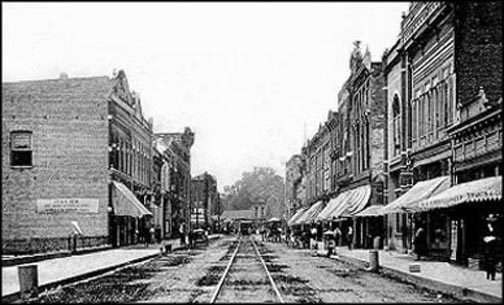
The Little White Baptist Church Sat Back Off the Road on the Vacant Lot on the Left
A third church, the First Baptist Church, known affectionately as “The Little White Church,” escaped the inferno with essentially no damage, even though it was fabricated entirely of wood. Although the fire stayed confined within E. Main, S. Roan, Jobe and Spring streets, it brought about some changes to nearby properties.
The Jobe heirs immediately remodeled the building on the corner of Main and Spring Street. The frame buildings fronting on Spring street were razed and a storeroom erected that extended to the rear of the Summers-Parrott Hardware Co. and was used by this firm after completion. The Opera House on Spring Street, a long standing entertainment venue, was abandoned and the second floor of that building converted into offices. The city believed these improvements would add much to the attractiveness and rental value of the property.
In the ensuing days after the fire, someone, known only by the initials, A.U.H., composed a poem to thank those volunteers who risked their lives to extinguish the fire: “T-o-o-o-o-t, toot, toot, toot, Lucreti calls out in the night, First Ward, hurry, get into your suit, You're wanted, the ends in sight.
“Already the flames burst forth into view, The second building now is caught: The whole street may go, all depends on you; There's danger, but stop not for aught.
“Not hose enough? Quickly more they procure; Lookout, now, that plaster falls there! The air here is stifling, no life is secure. Down, down, here's a strata of air.
“No danger too great, no risk too intense, To fight the fire fiend in his lair; His fierce leaping flames with power immense, Are mat and fought inch by inch there.
“How welcome the rain, with such timely aid, Now rally for one long, last fight; 'Tis under control the bright flames are laid, The danger is o'er for the night.
“Repay them? No, never! I 'Tis true you might. For time, pay each man by the hour, But bravery, heroic, as shown on this night, No money can pay, nor the power.
“Of mind over danger; but thus we can show. We appreciate all they have done. Our brave volunteers who fought the fierce foe. And conquered, thus saving the town.”
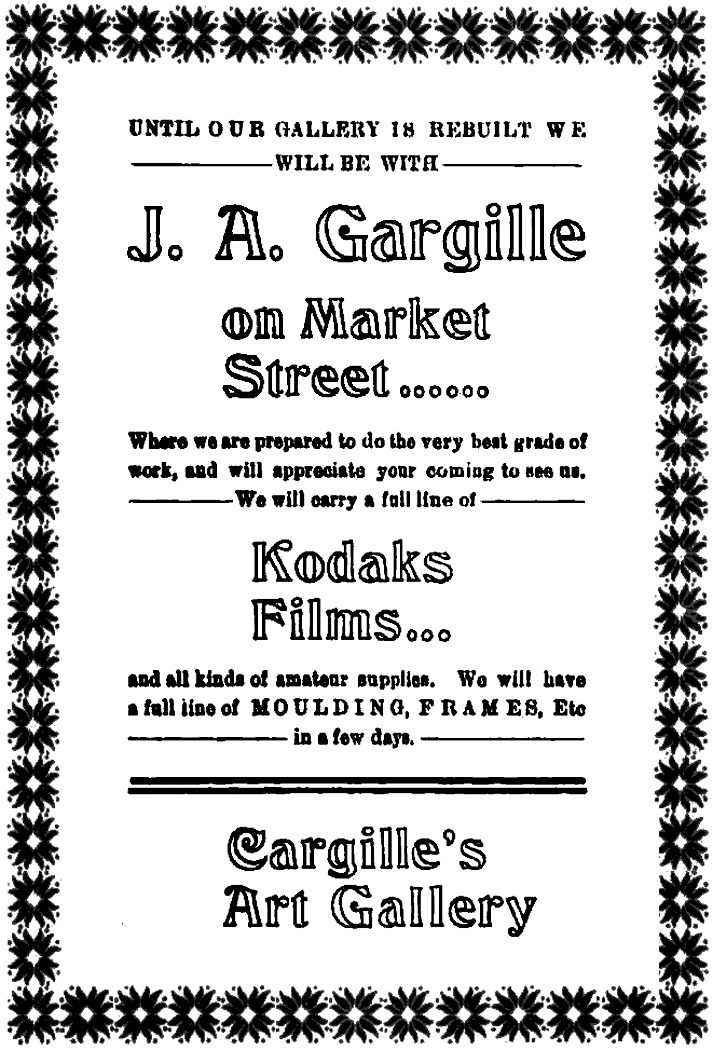
Cargille's Was Forced to Seek a Temporary Business Site Until They Could Rebuild
The morning after the fire, H.D. Gump collected from the town merchants $79 to be divided among the “fire laddies” for their good and faithful work while extinguishing the blaze. Donations were as follows:
Gump Bros., $2; Frank Taylor, $2; Summers-Parrott Hardware Co., $2; H.W. Lyle, $1; Unaka National Bank, $2. Hart & Houston, $1; Patton Drug Co., $2; J.W. Cass, $1; T.J. Galloway, $1; Worley & Brown, $1; City National, $2; J.M. Buck, $1; Tennessee Furniture & Supply Co., $2; J.A. Martin, $2; Wm. G.W. Mathes, $2; Miss Hardy, $1; H.W. Pardue, $1; J.W. Crumley, $.50; R.L. Mann, $1; Charles Hannah, $1; Charles Cargille, $1; Isaac Harr, $10; Armbrust-Smith & Co., $10; H.L. Maller, $5; C.N. Brown, $3; City Drug Co., $2; Wofford Bros., $2; Ward & Friburg, $2, J.R. Whisman & Co., $2; R.C. Hunter, $2; J.H. Snow, $1; Samuel Cole Williams, $2; M.I. Gump, $2; I.N. Beckner, $.50; Barton-Nichols Hardware Co., $2; William Silver, $2; F.B. St. John, $1 and F.W. Dulaney, $1.
Other firemen received $5.72 each, except for the latter two who received half that amount: Marion Wilson, Charles Feldy, Charles Chinowth, Will Owens, Bob Owens, Andy Lusk, George Orr, Walt Moore, William McCormick, John Perkins, M.F. Crumley, J.T. Hilton, John Chenowth, Charles Moore and William Holmes.

The Armbrust-Smith Furniture Company Received Extensive Damage
The fire, which brought dismay to several shop owners, had a positive aspect to it. The block was cleared and later became an asset to Johnson City with specialty shops that were more consistent with others.
With that said, we have learned much about this troubling fire of yesteryear, so let's climb back into our time machine and travel forward to the present. I will discuss the improvements to the block in a future column.

-956x400.jpg)
.jpg)
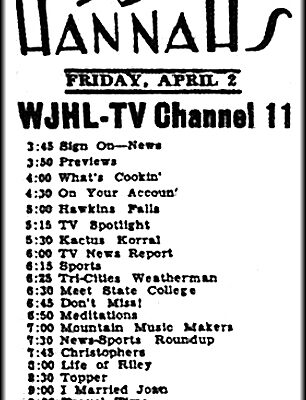
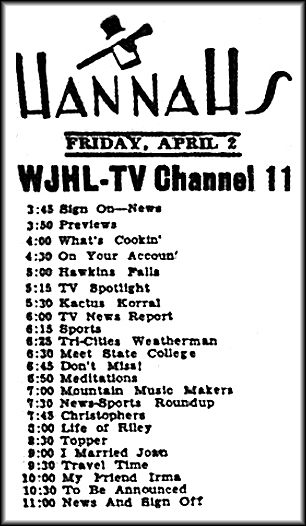
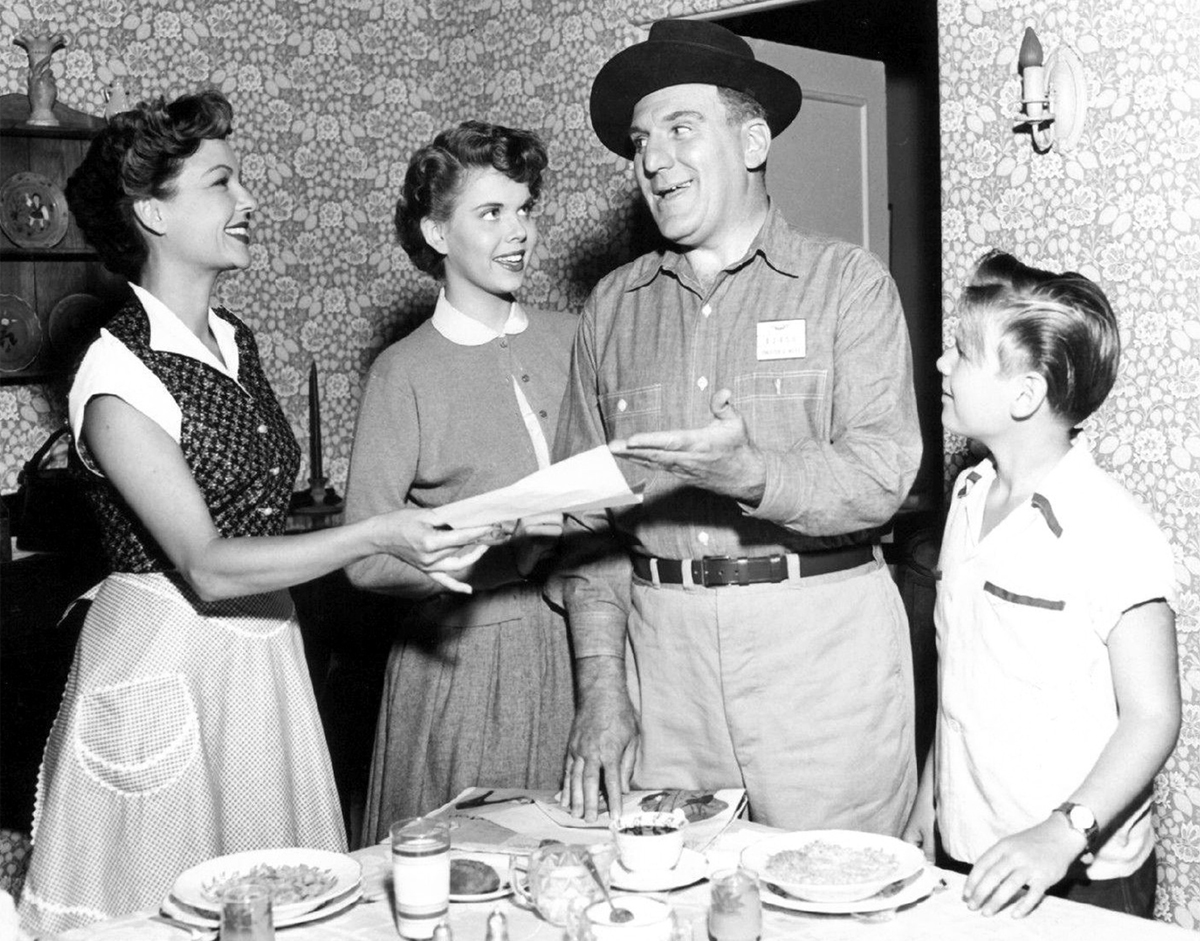
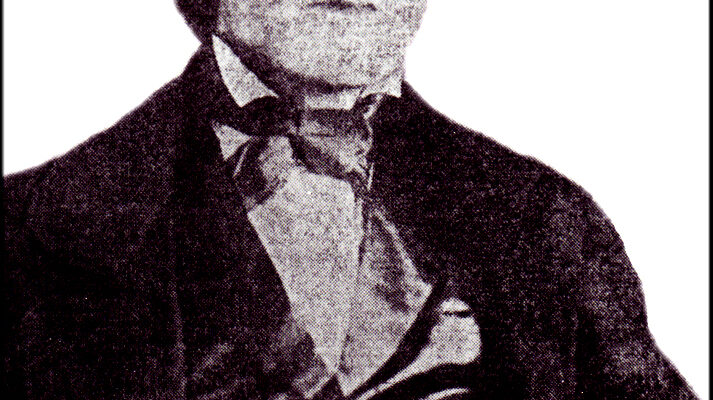
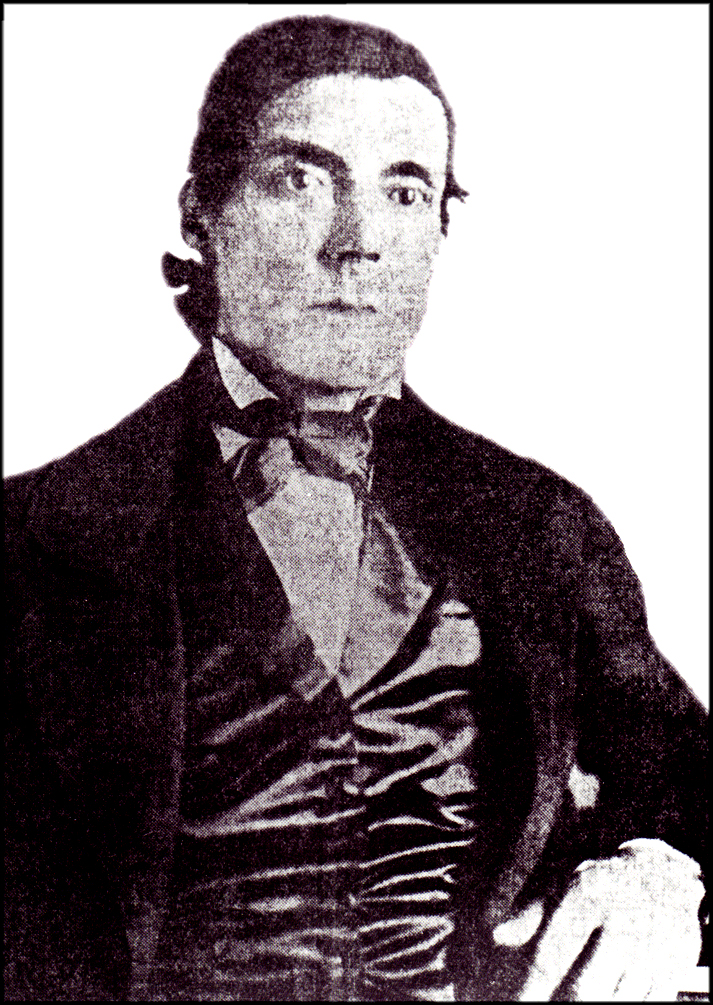
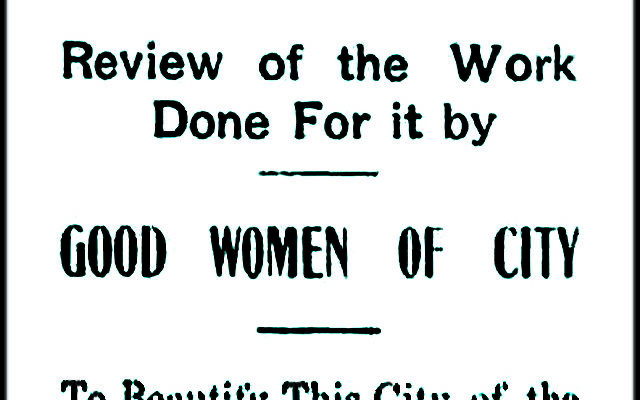
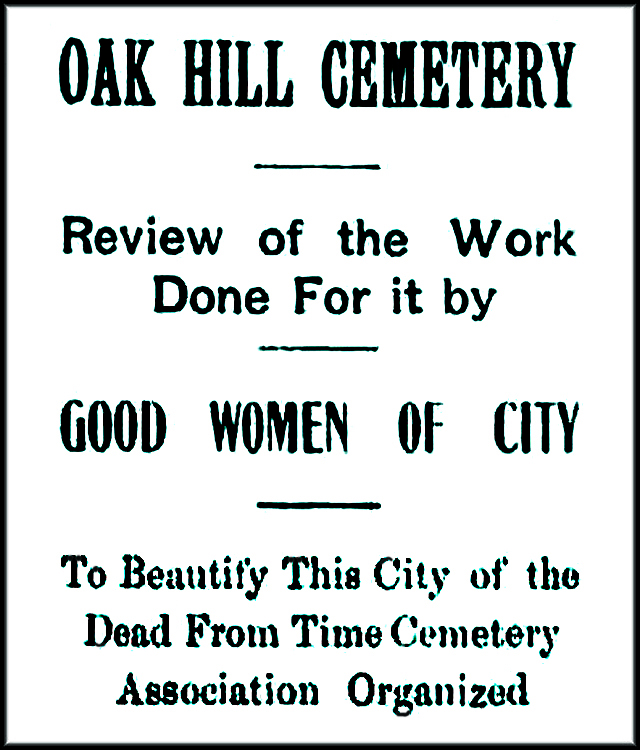
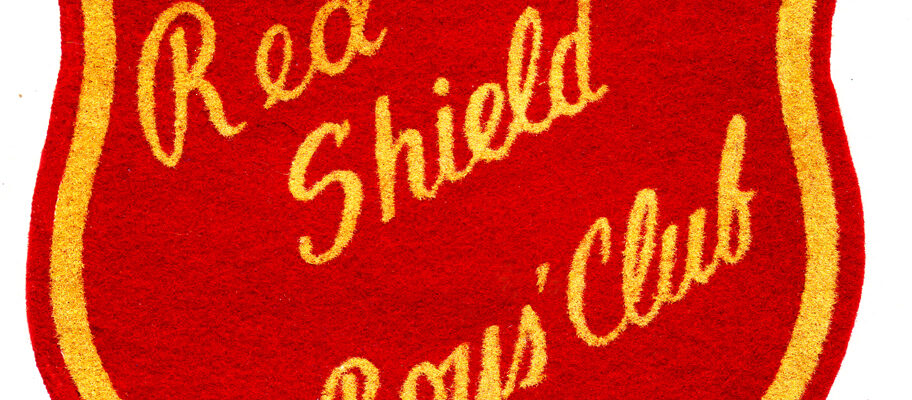
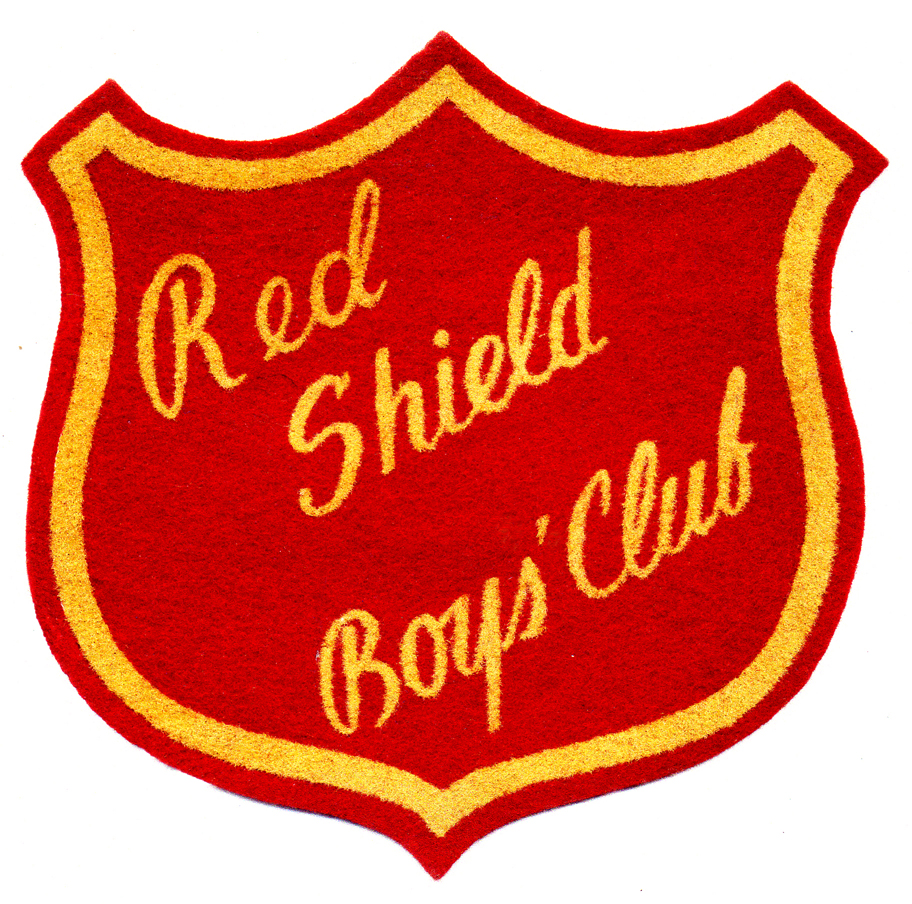
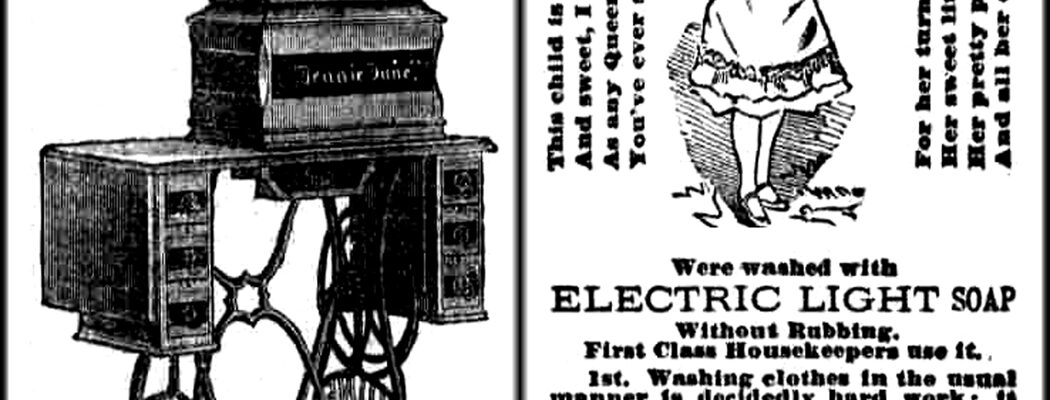
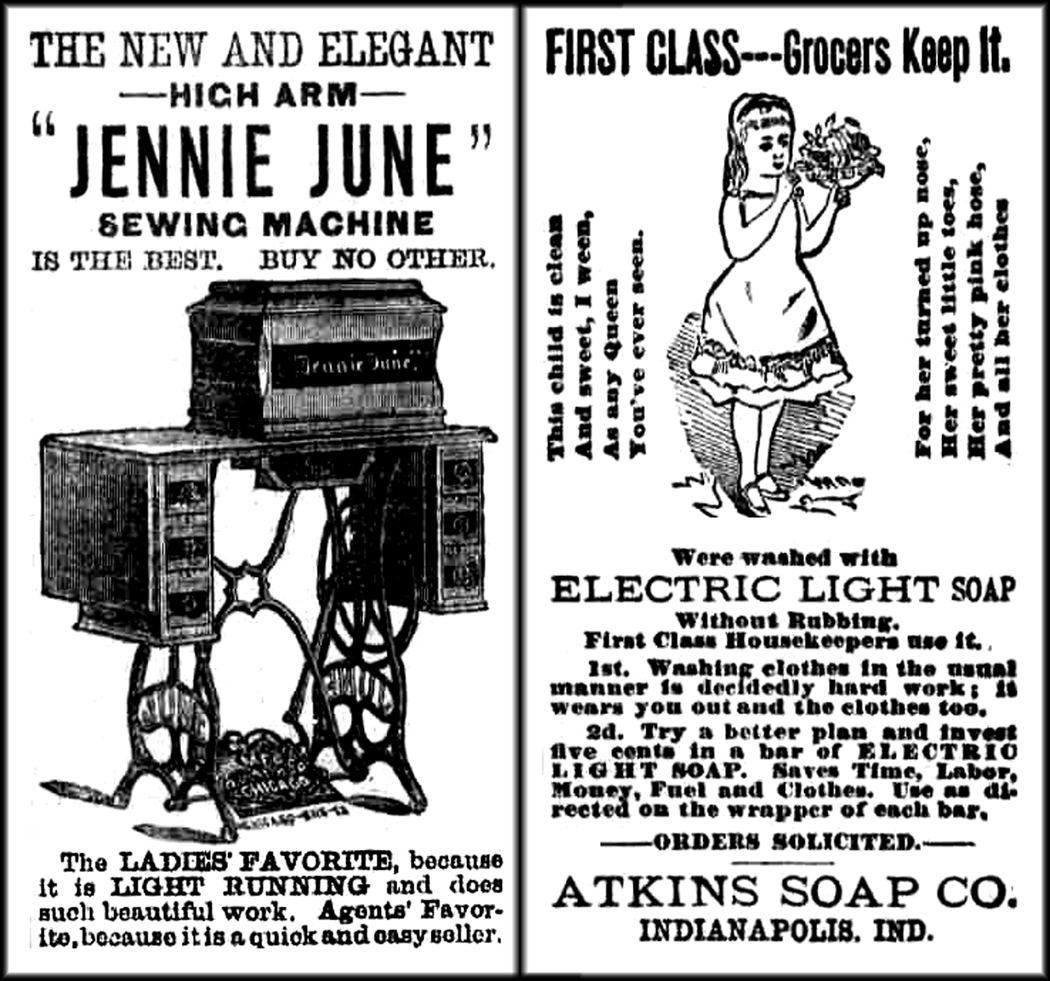
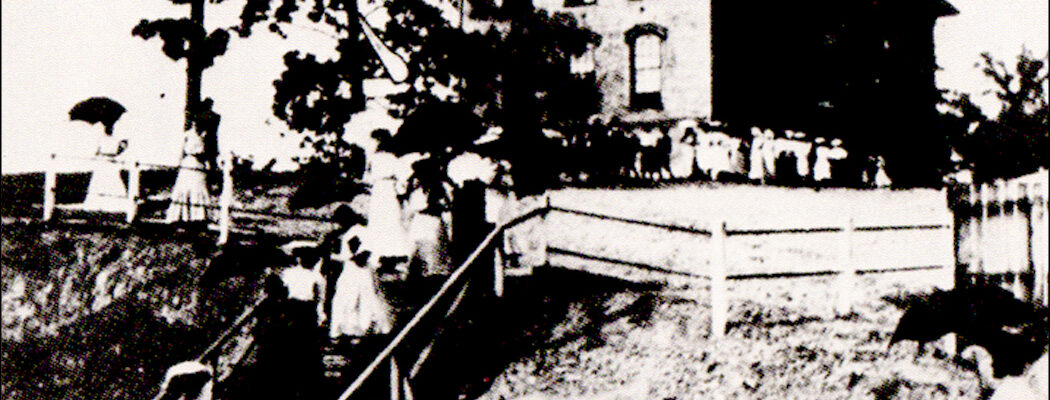
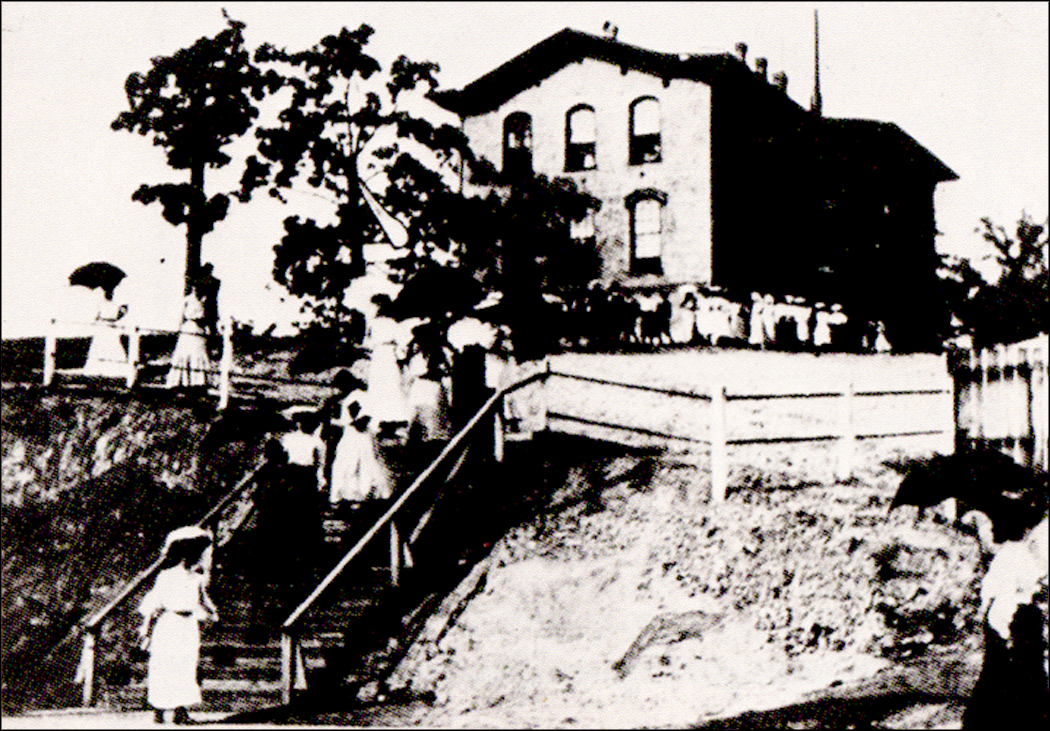
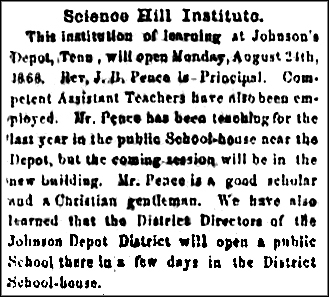
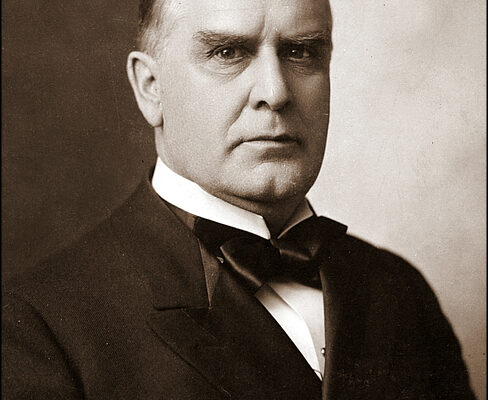
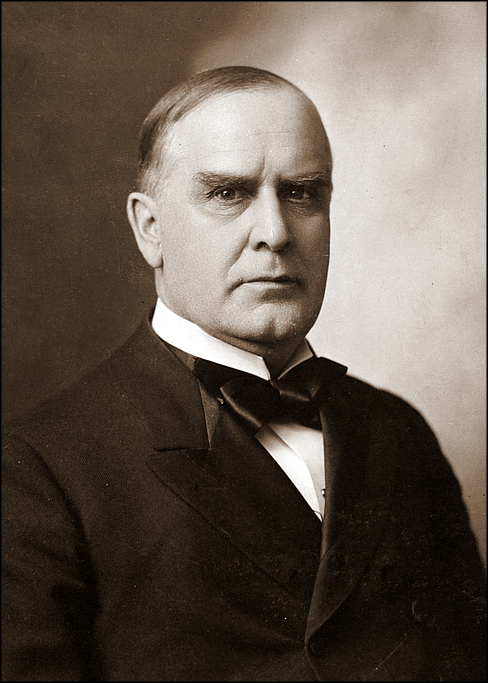

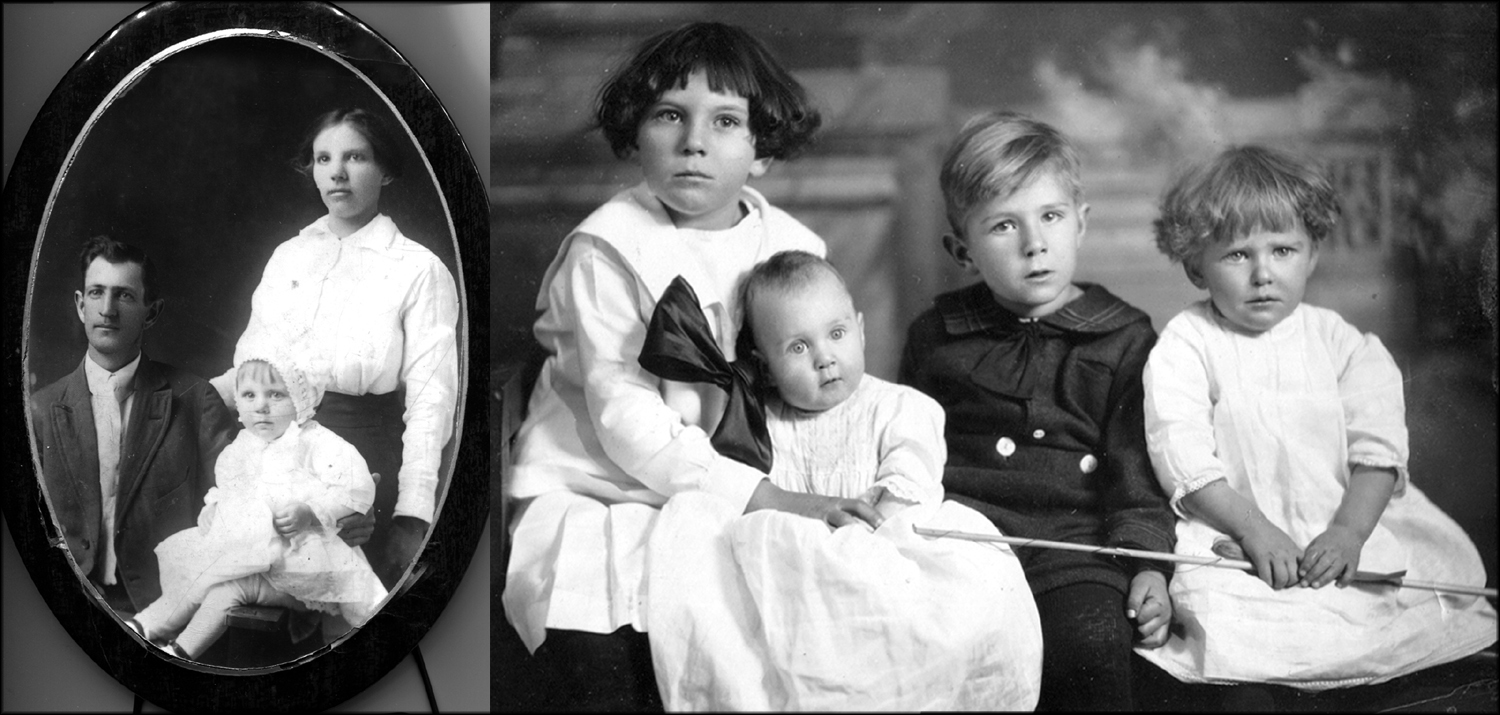

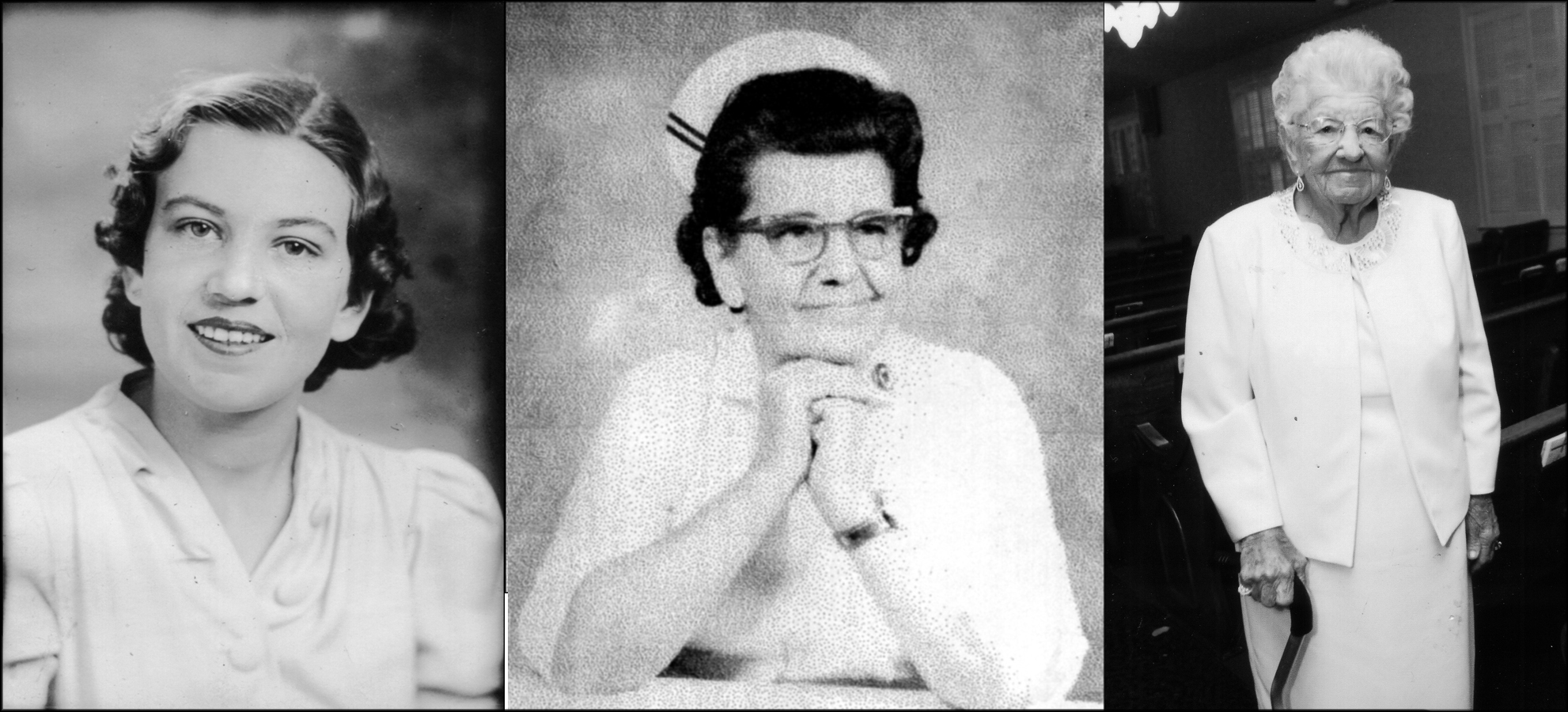
 Left: Bess Standing in Front of the Robert Young Cabin / The Young Brick House in Johnson City
Left: Bess Standing in Front of the Robert Young Cabin / The Young Brick House in Johnson City